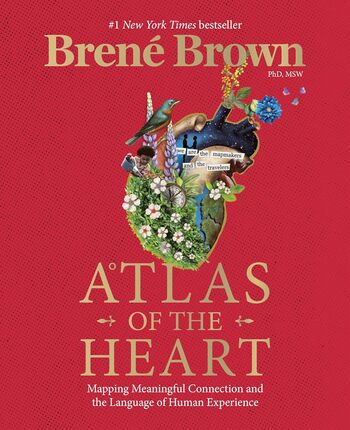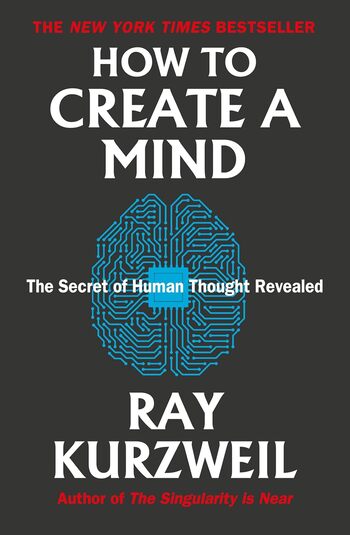
Darwin’s ‘On the Origin of Species’ introduces the revolutionary concept of evolution through natural selection, explaining how species adapt and change over generations by preserving advantageous traits.
Main Lessons
- Natural selection is the process where organisms best adapted to their environment survive and reproduce, passing on advantageous traits.
- Artificial selection involves humans breeding for desired traits, seen in dog breeds descending from wolves.
- More individuals are born than can survive, leading to a struggle for existence and natural selection of the fittest.
- The ‘fittest’ means best adapted, not necessarily the strongest or fastest.
- Species evolve not in a linear transition but like branches of a tree, sharing common ancestors.
- Transitional forms may not always be visible due to extinction and gaps in the fossil record.
- Traits evolve over time in response to the environment, leading to diversity among species.
- Complex features, like the human eye, can evolve through gradual improvements over generations.
- Darwin faced objections such as the lack of transitional fossils, but inferred their existence.
- Environmental changes can lead to the extinction or evolution of species.
- Modern environments can favor negative traits, illustrating misconceptions of ‘fitness’.
- Charles Darwin remains a foundational figure in biology, akin to Newton in physics.








